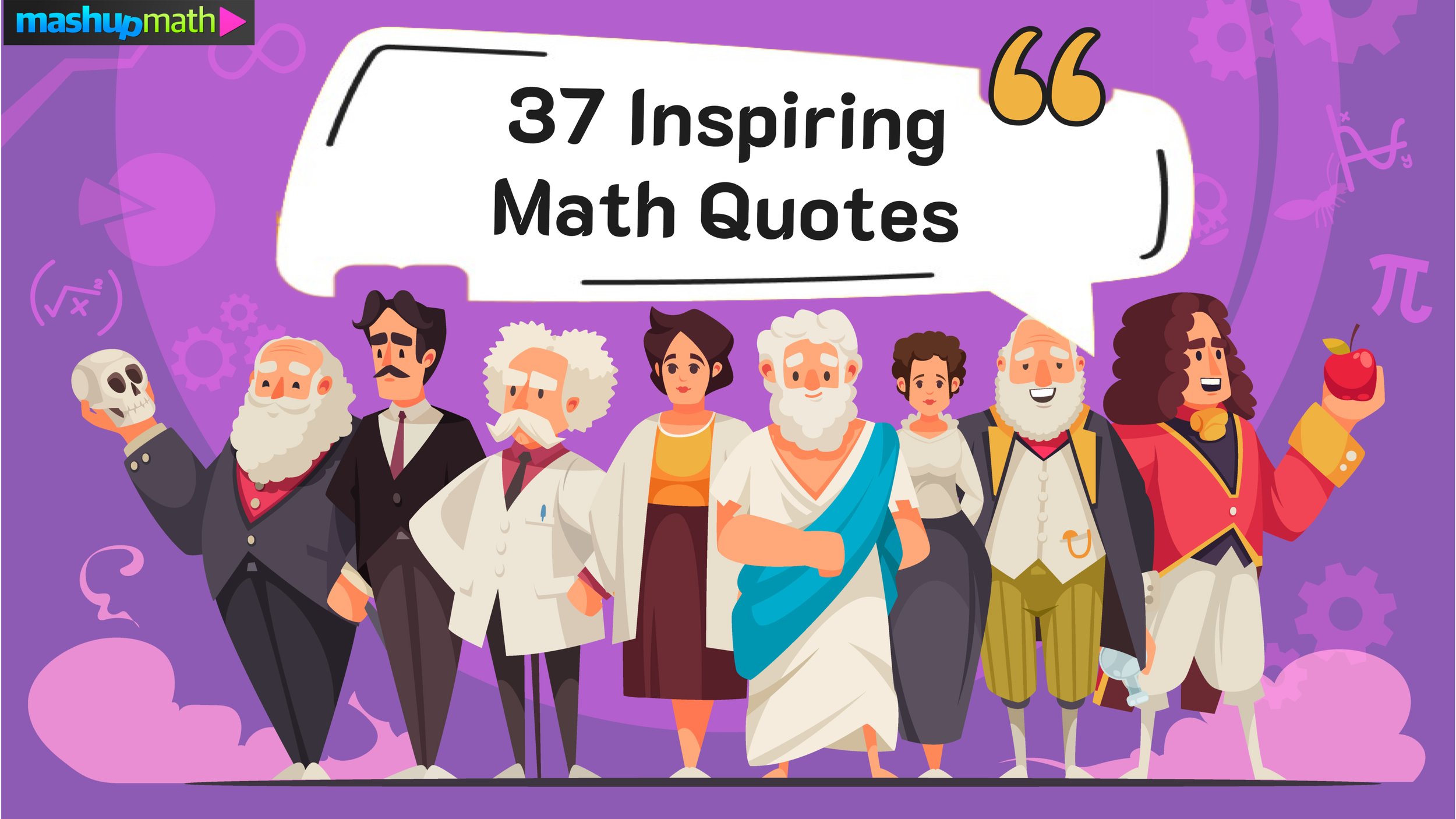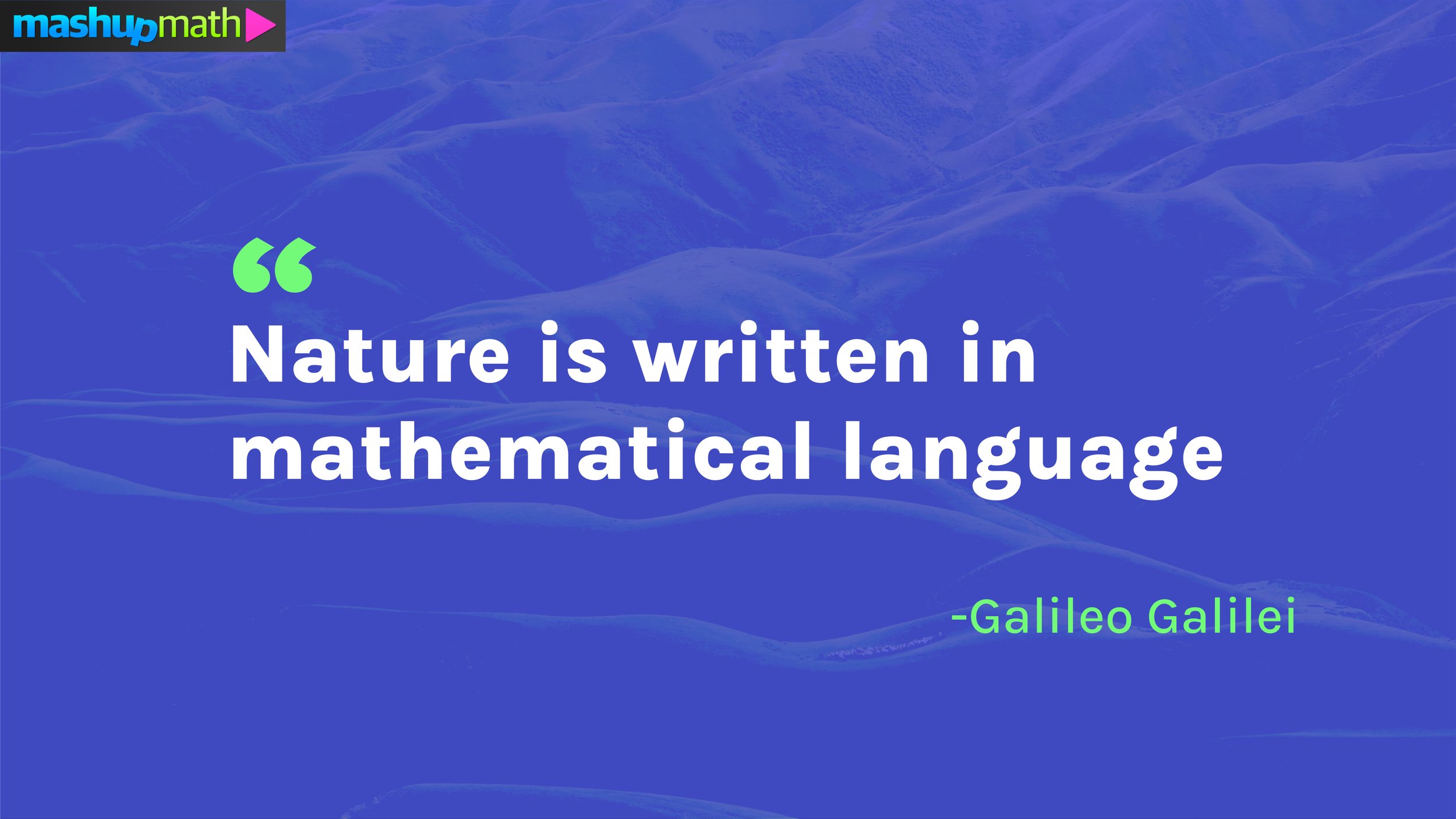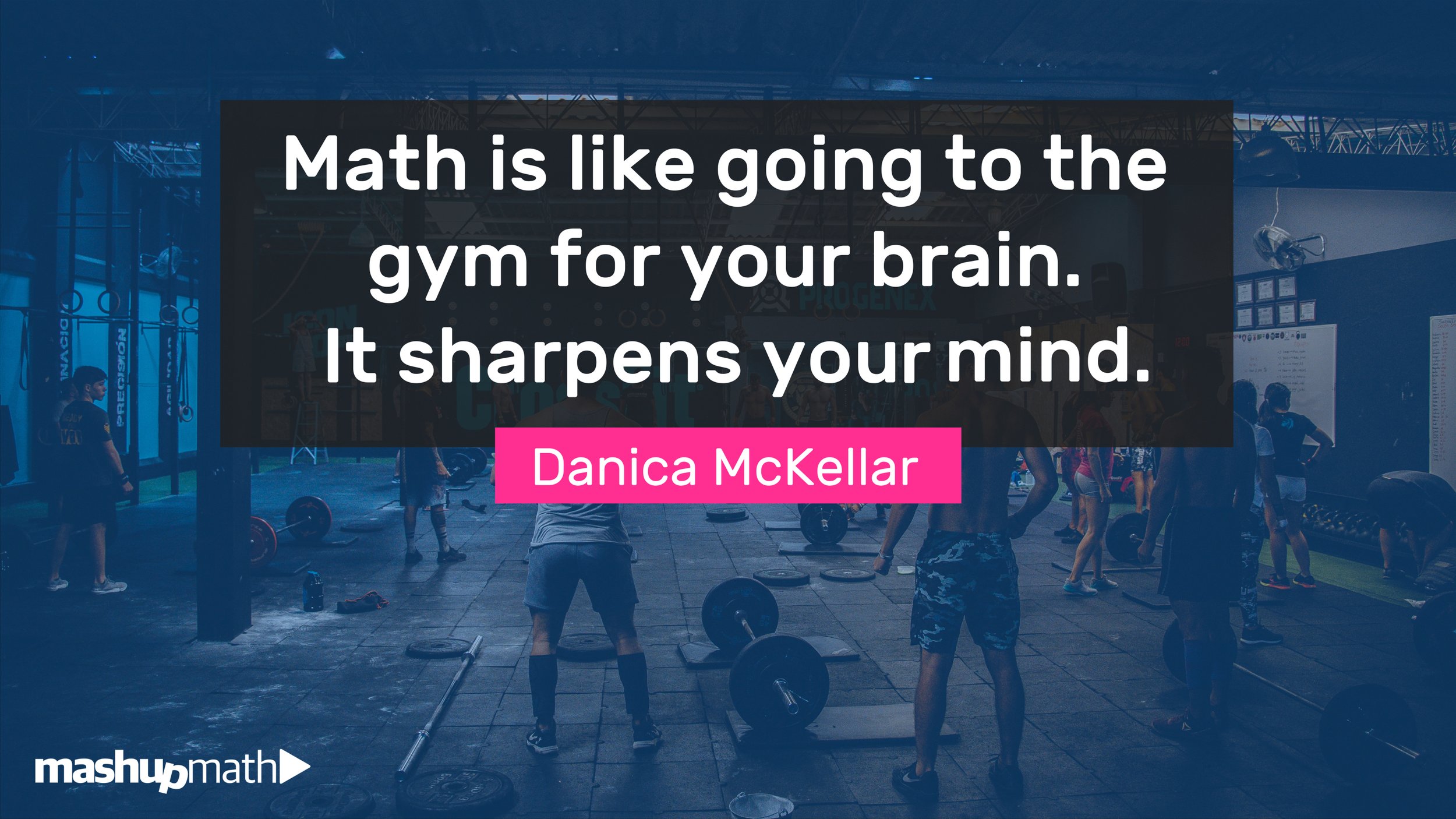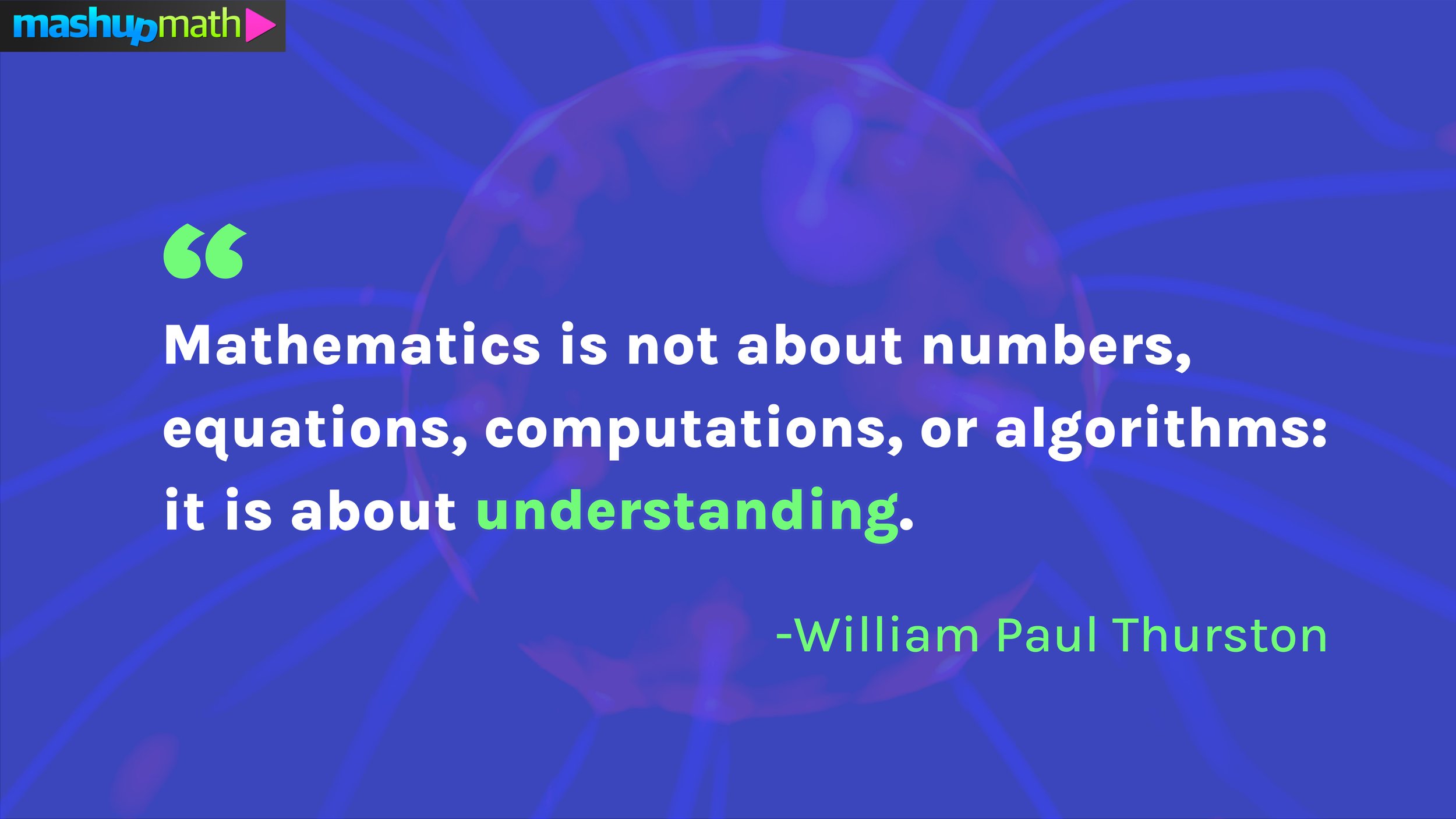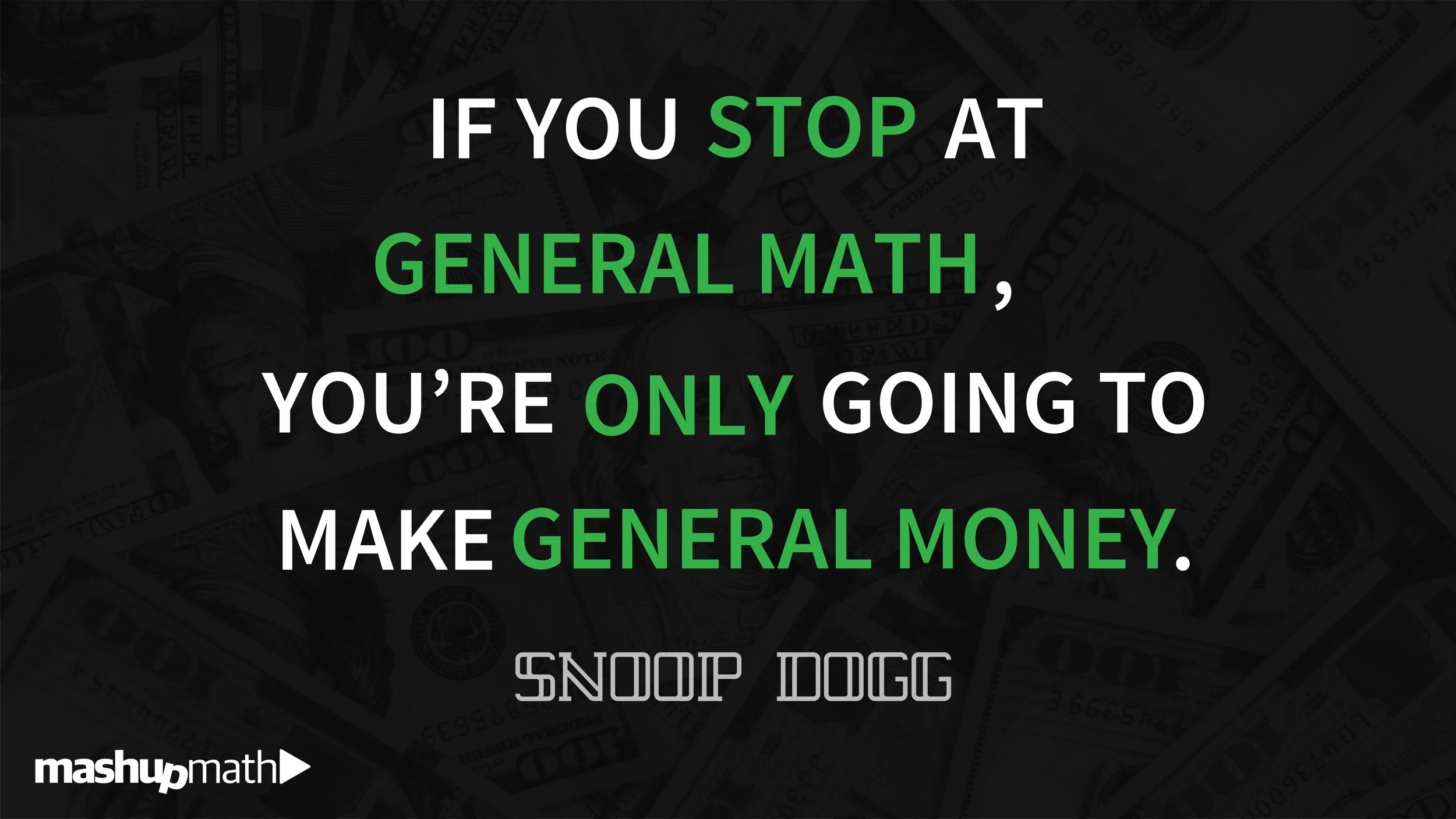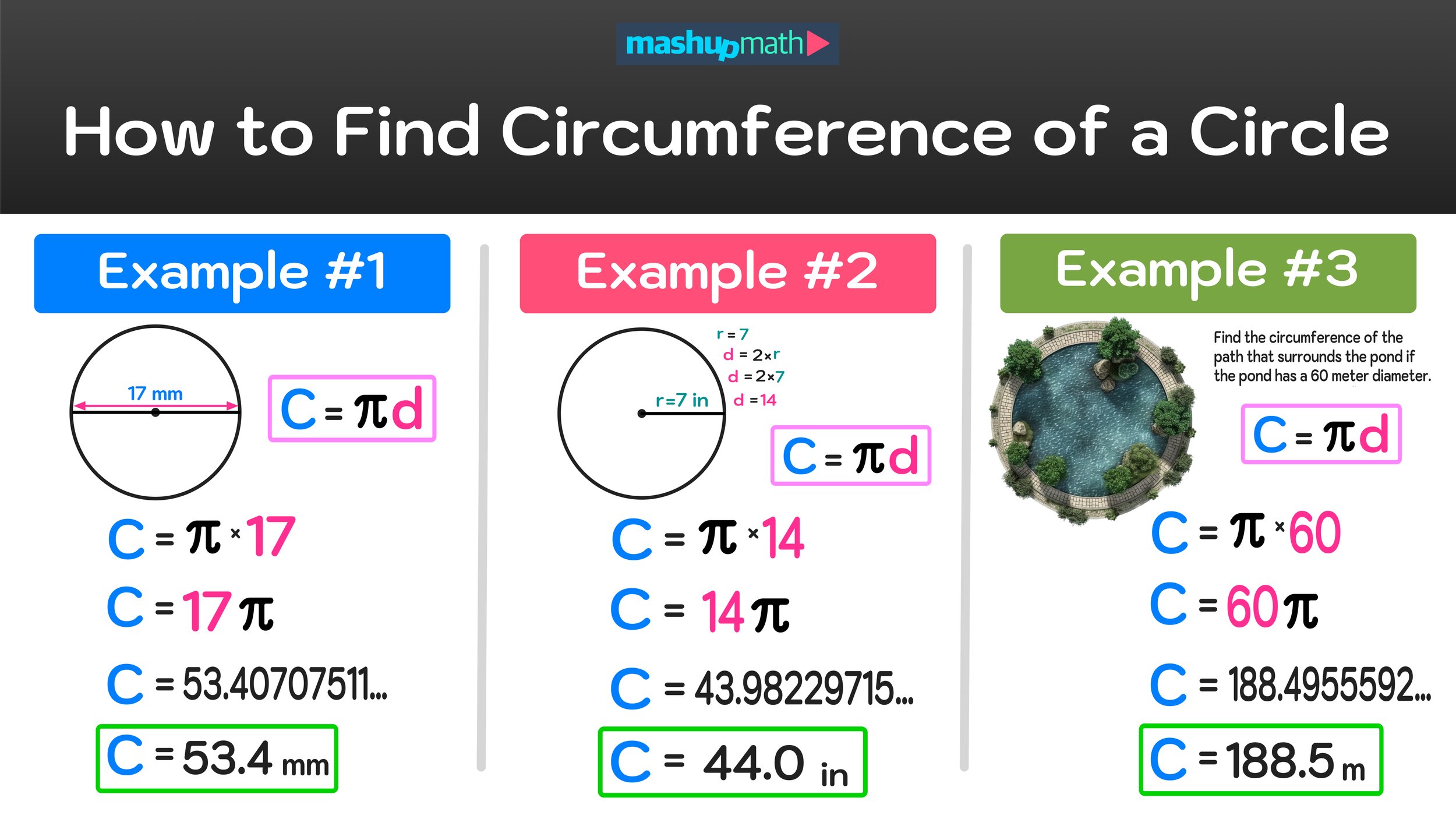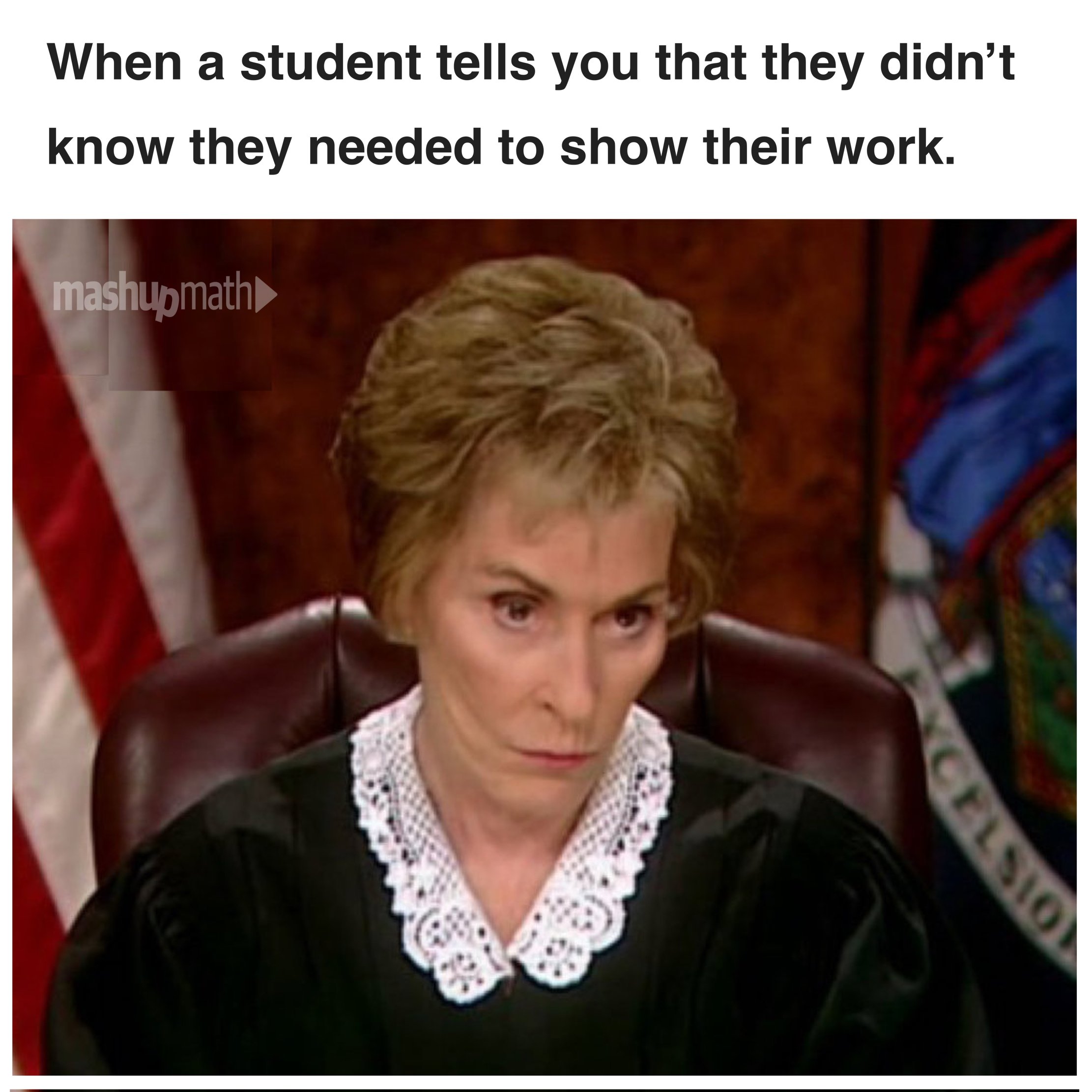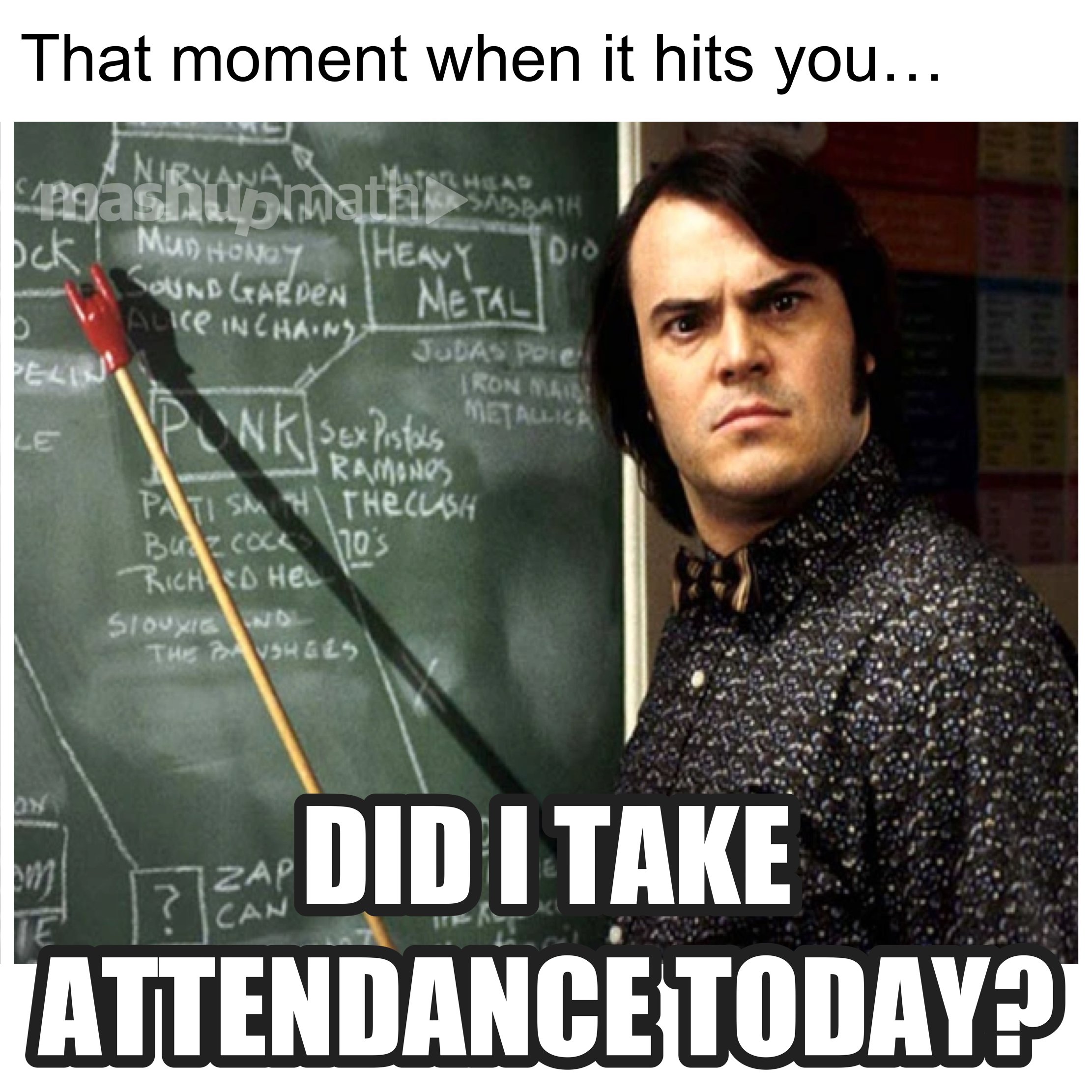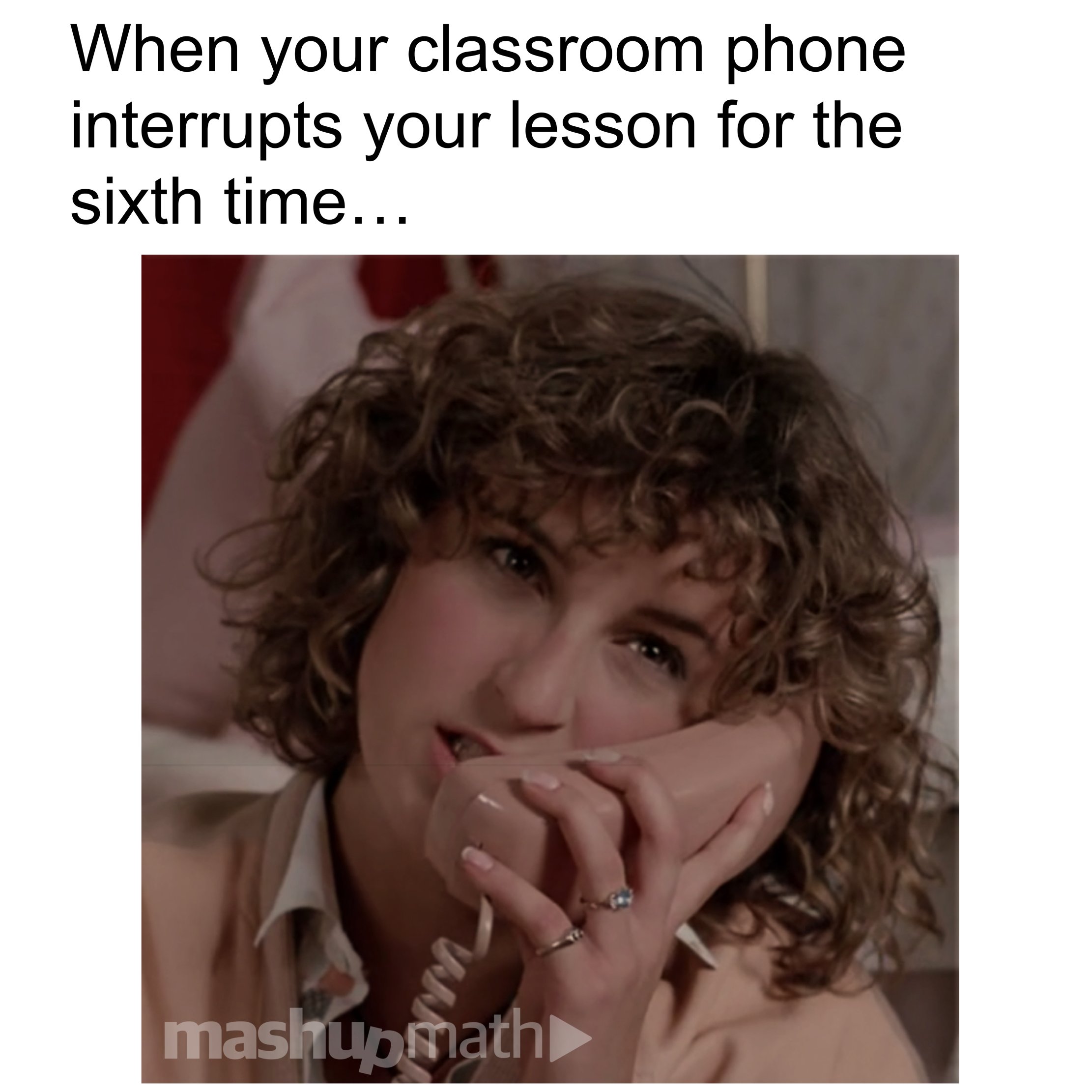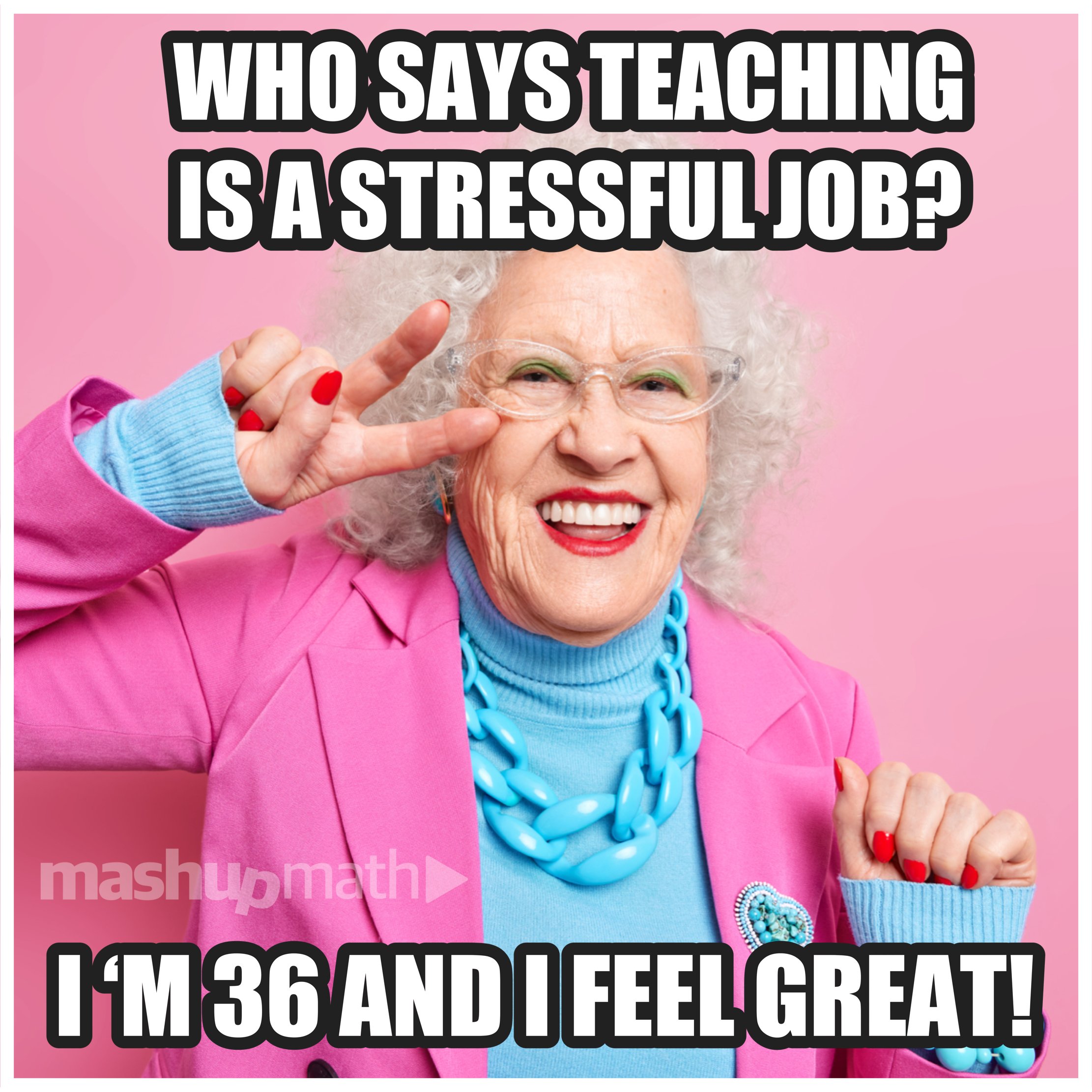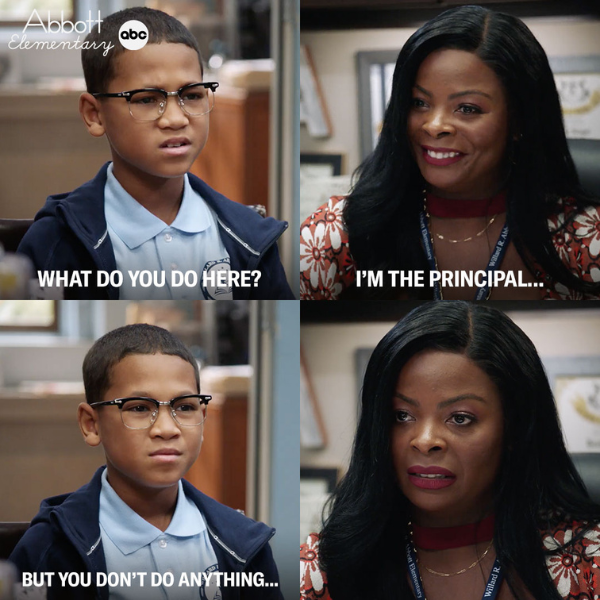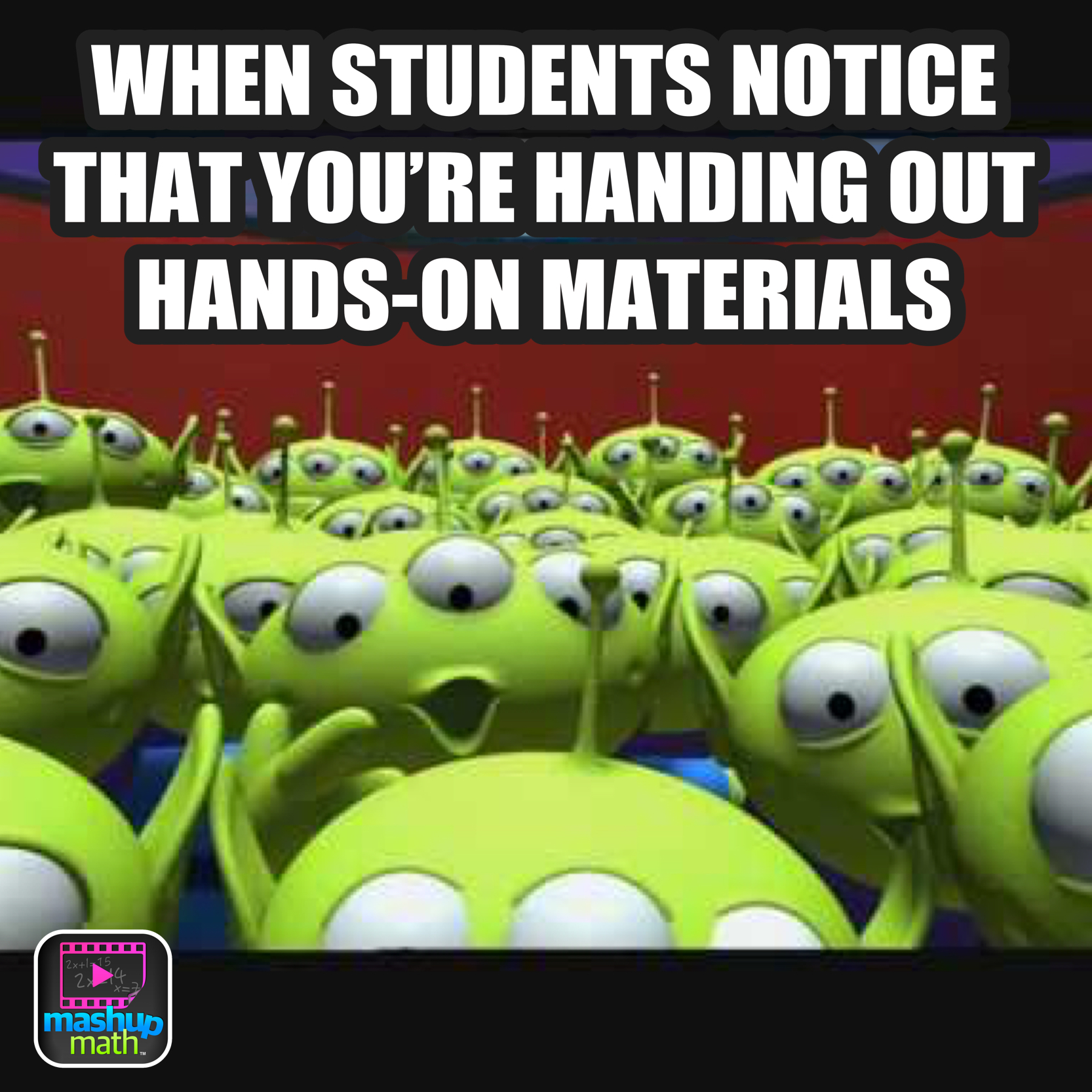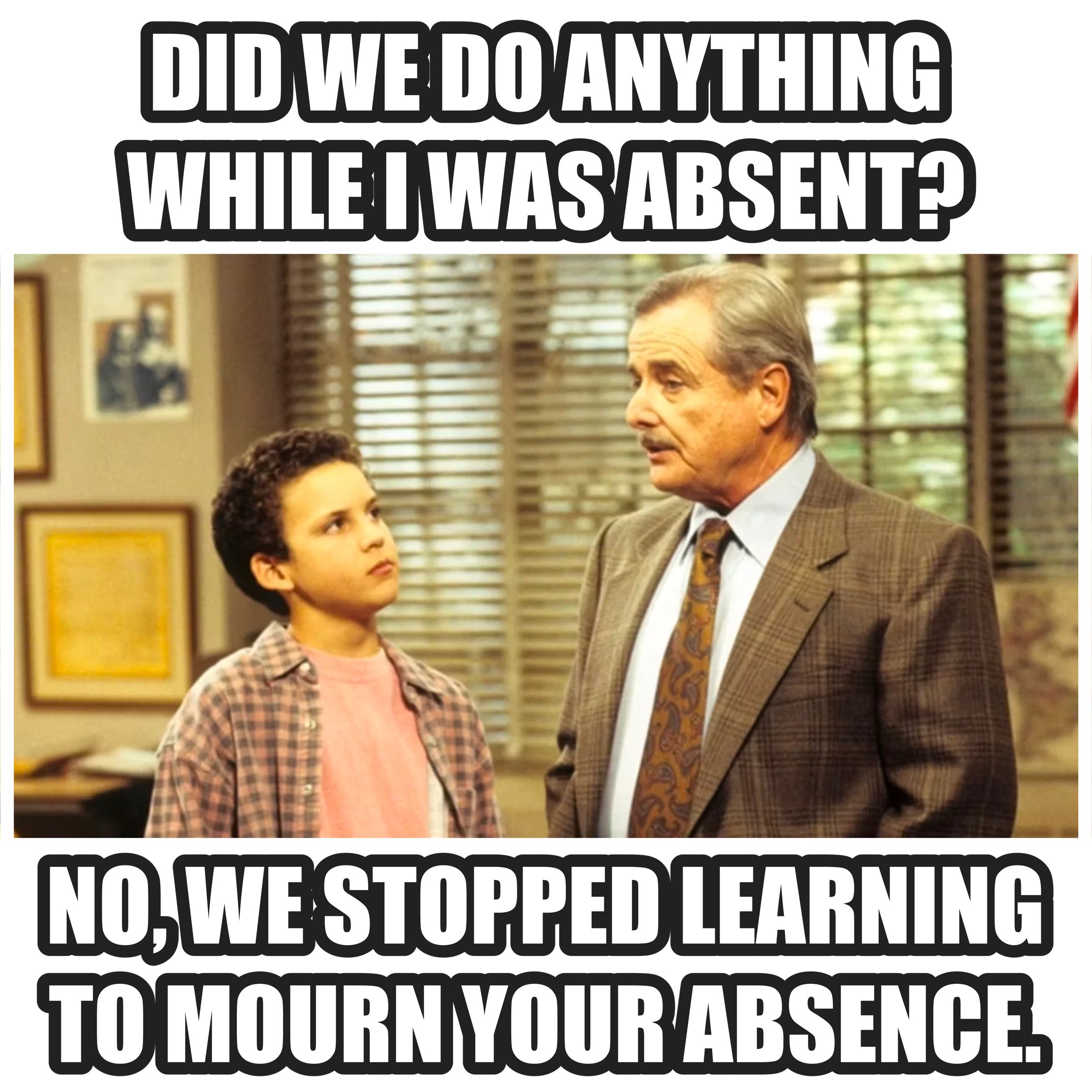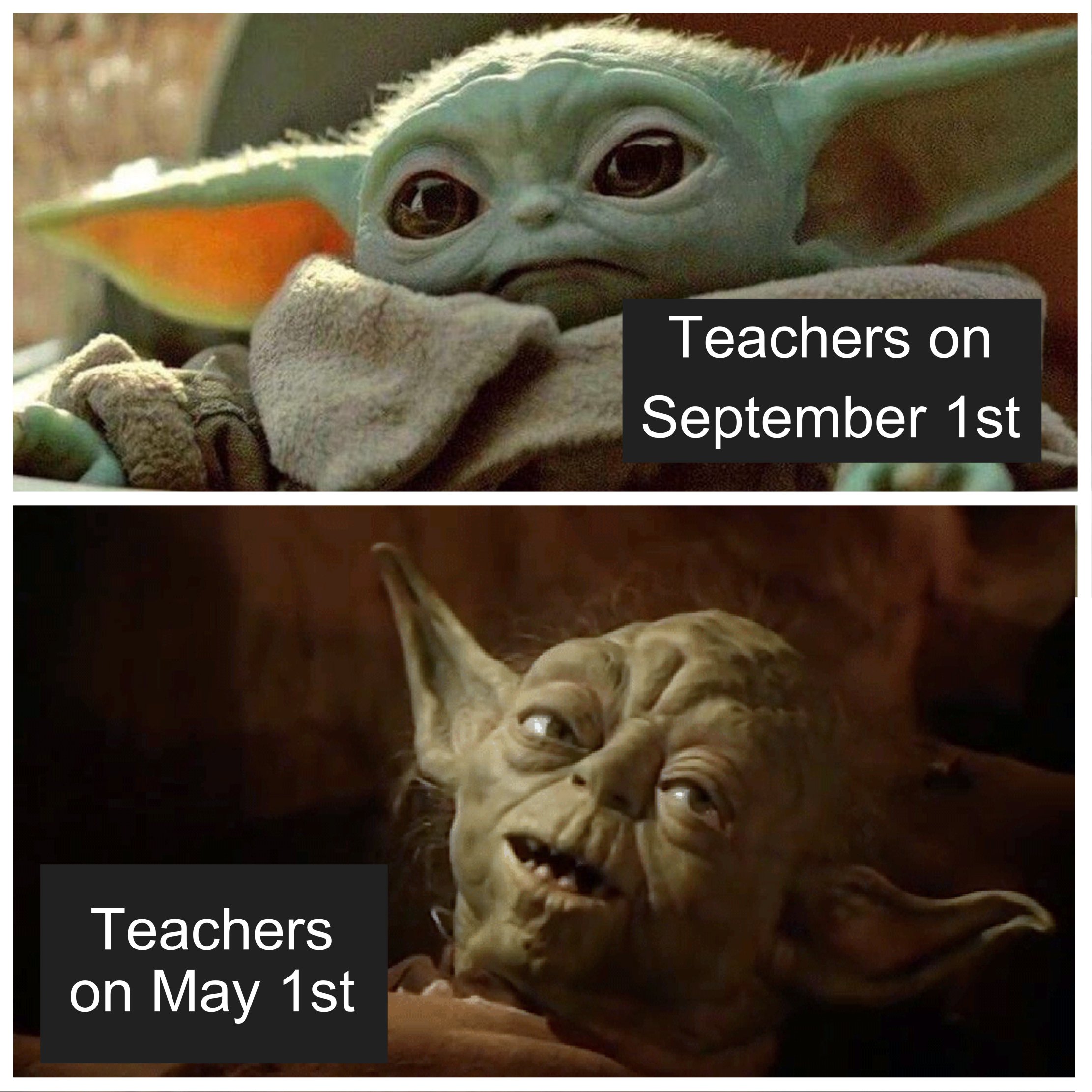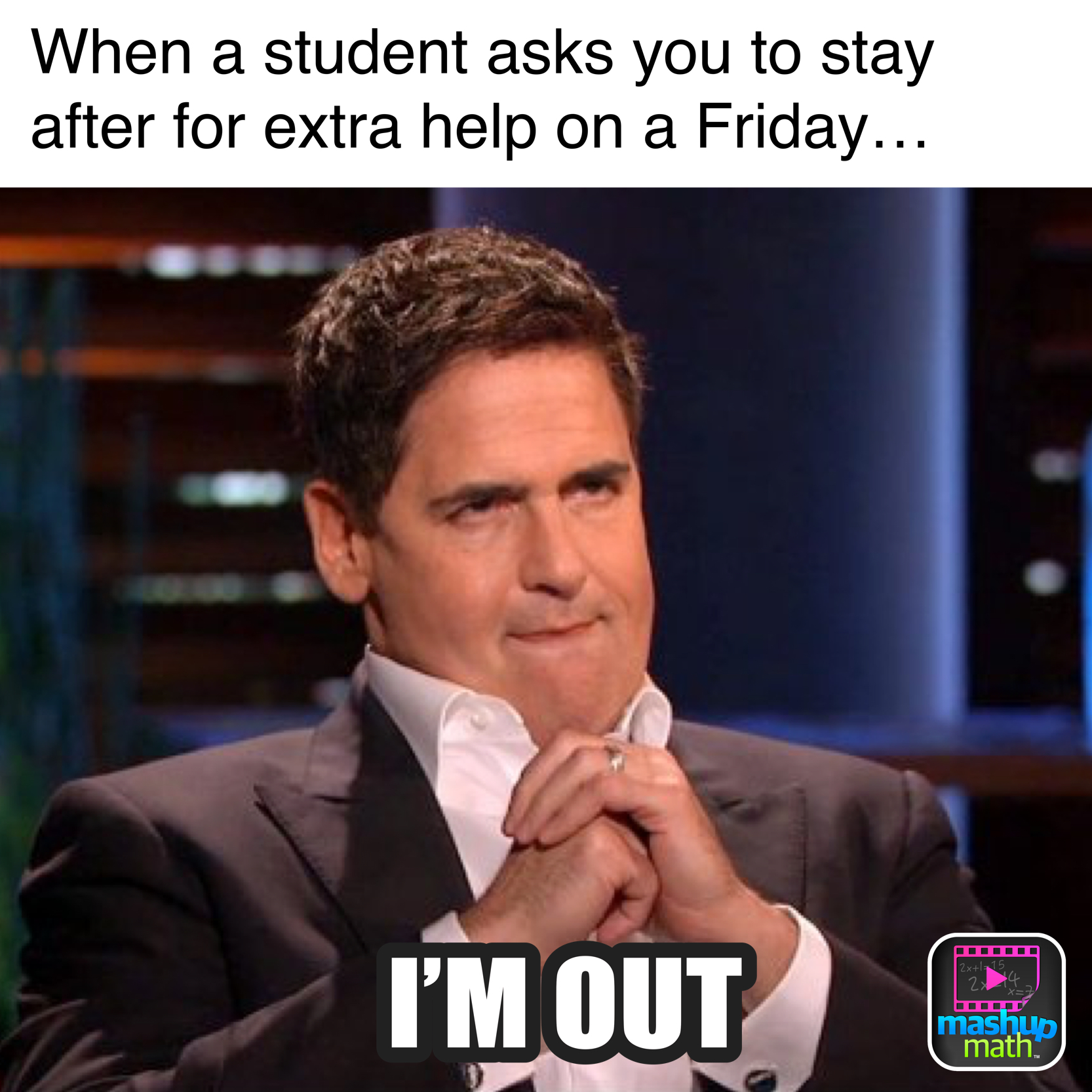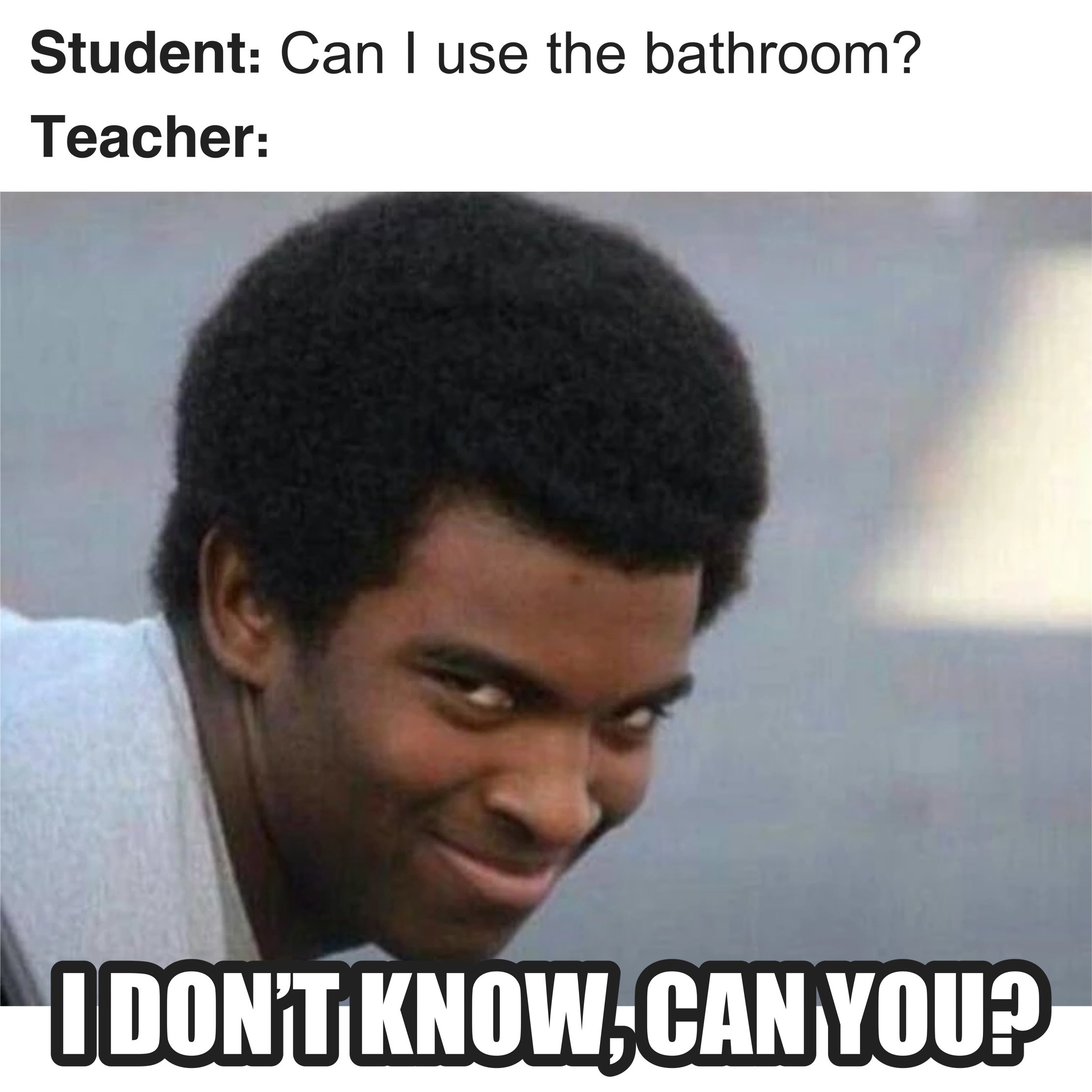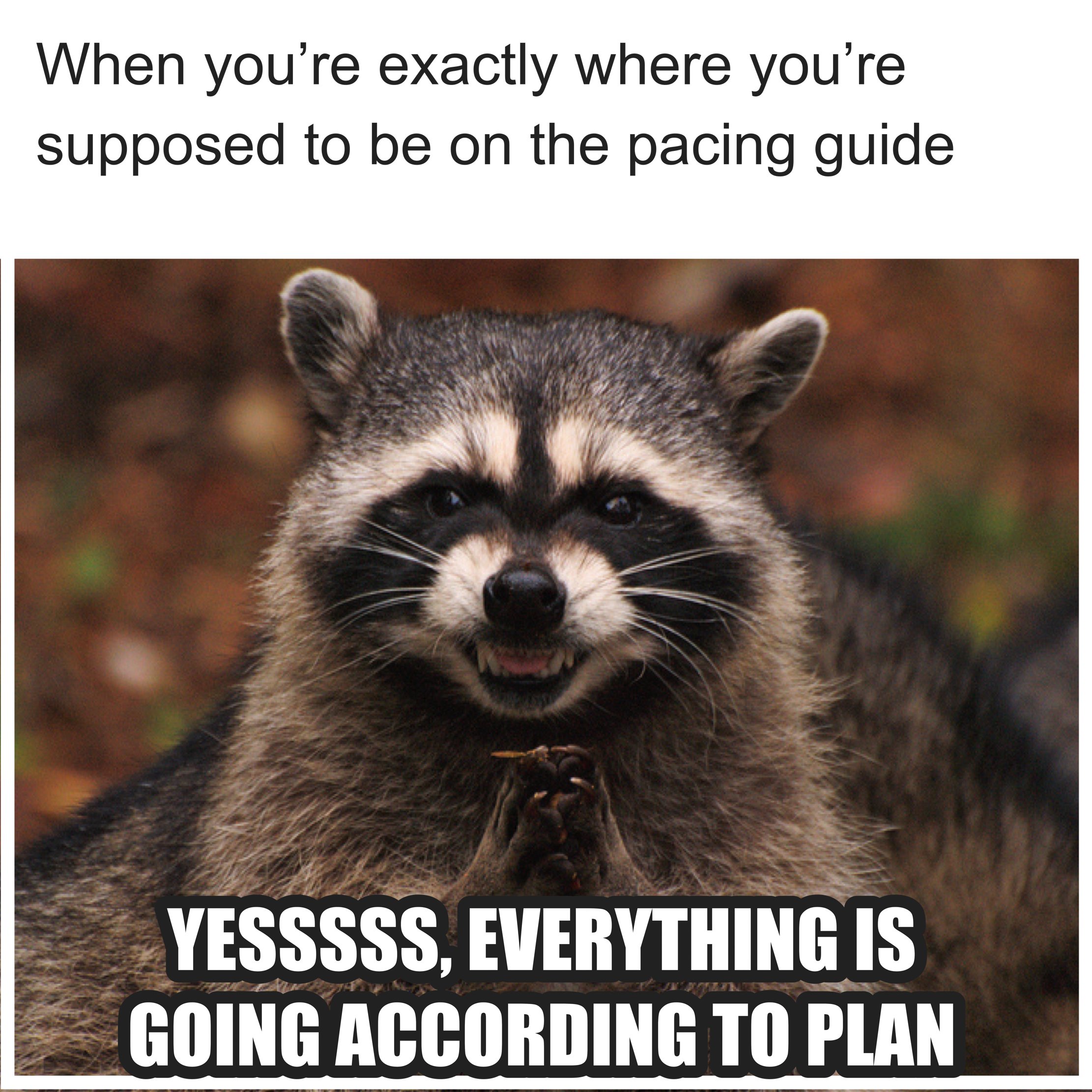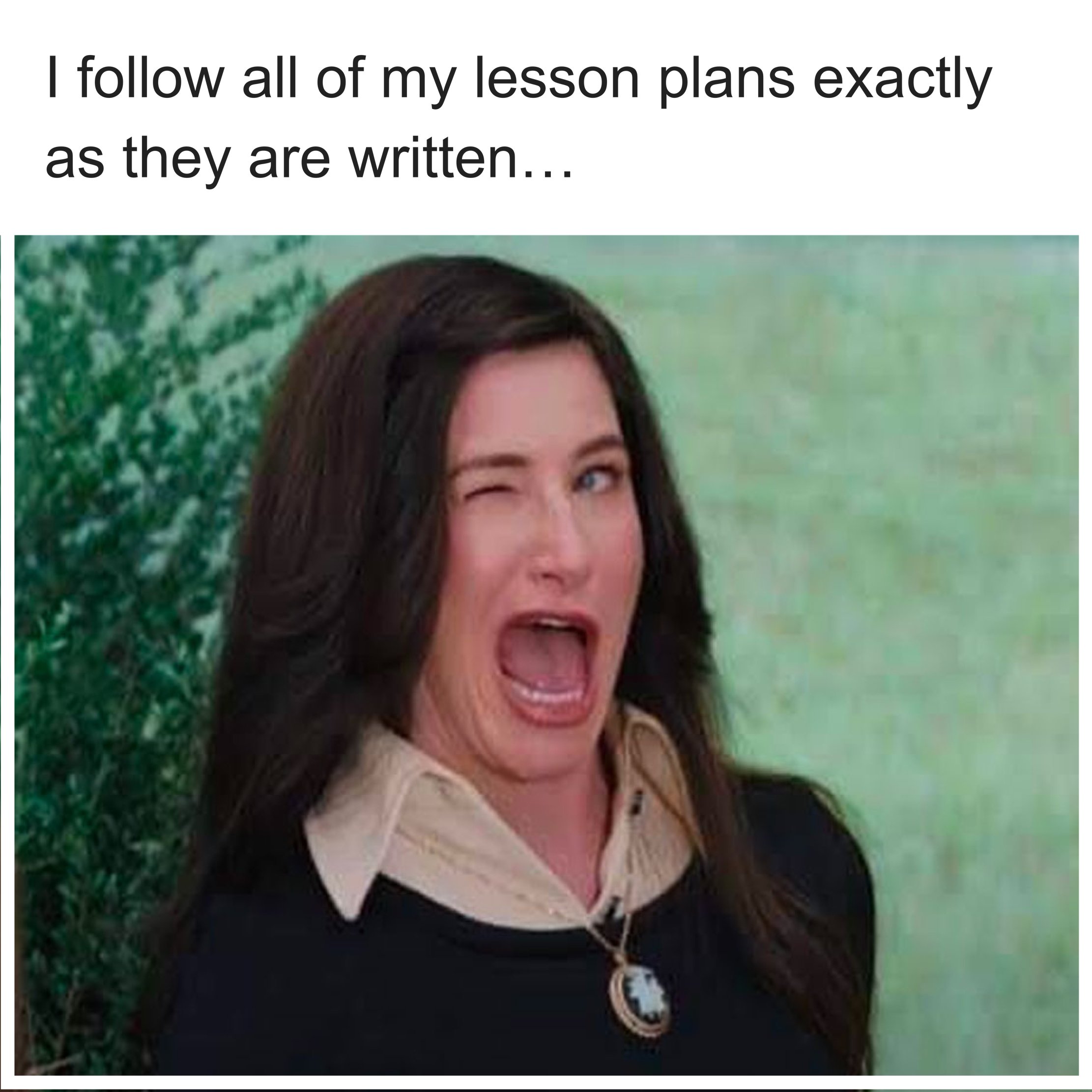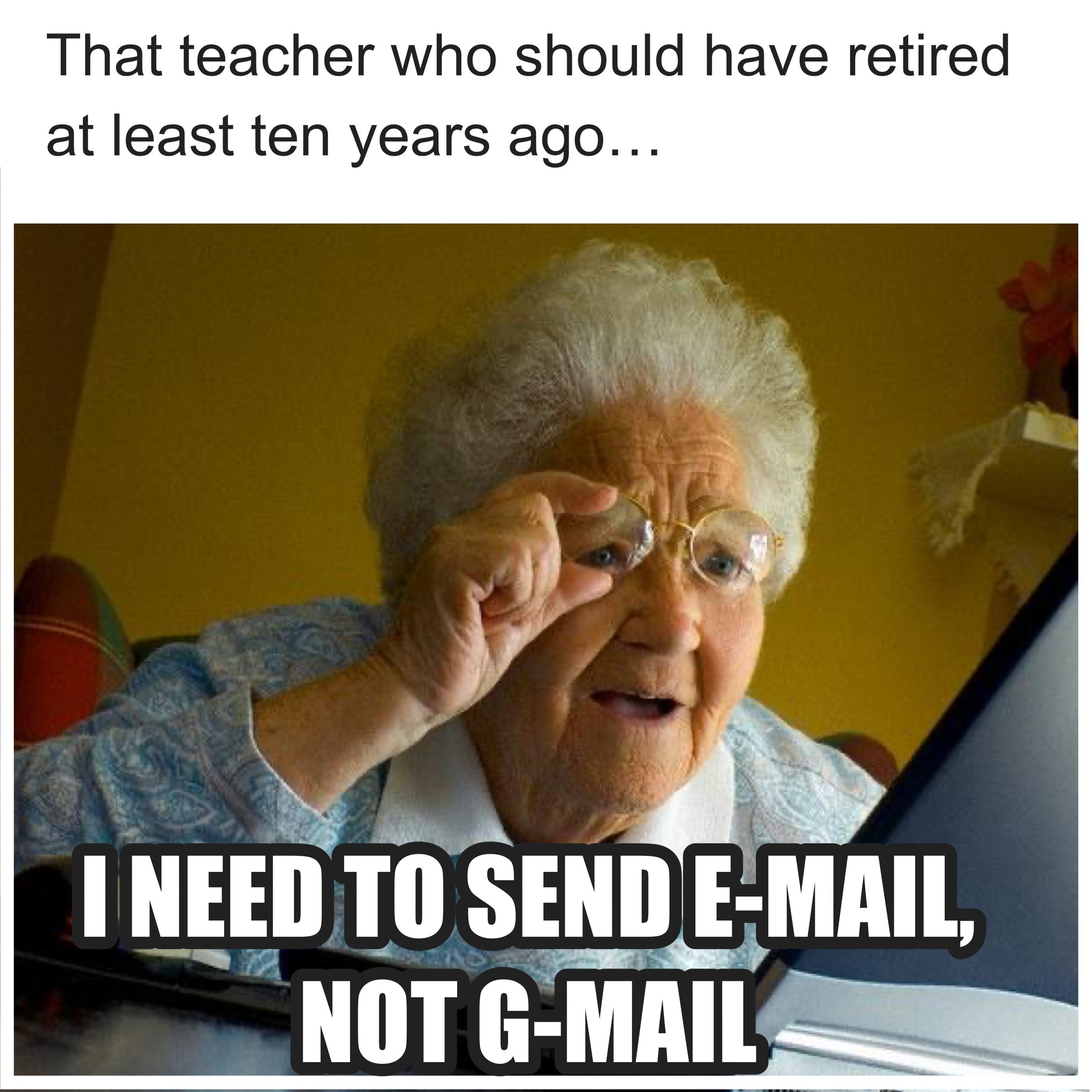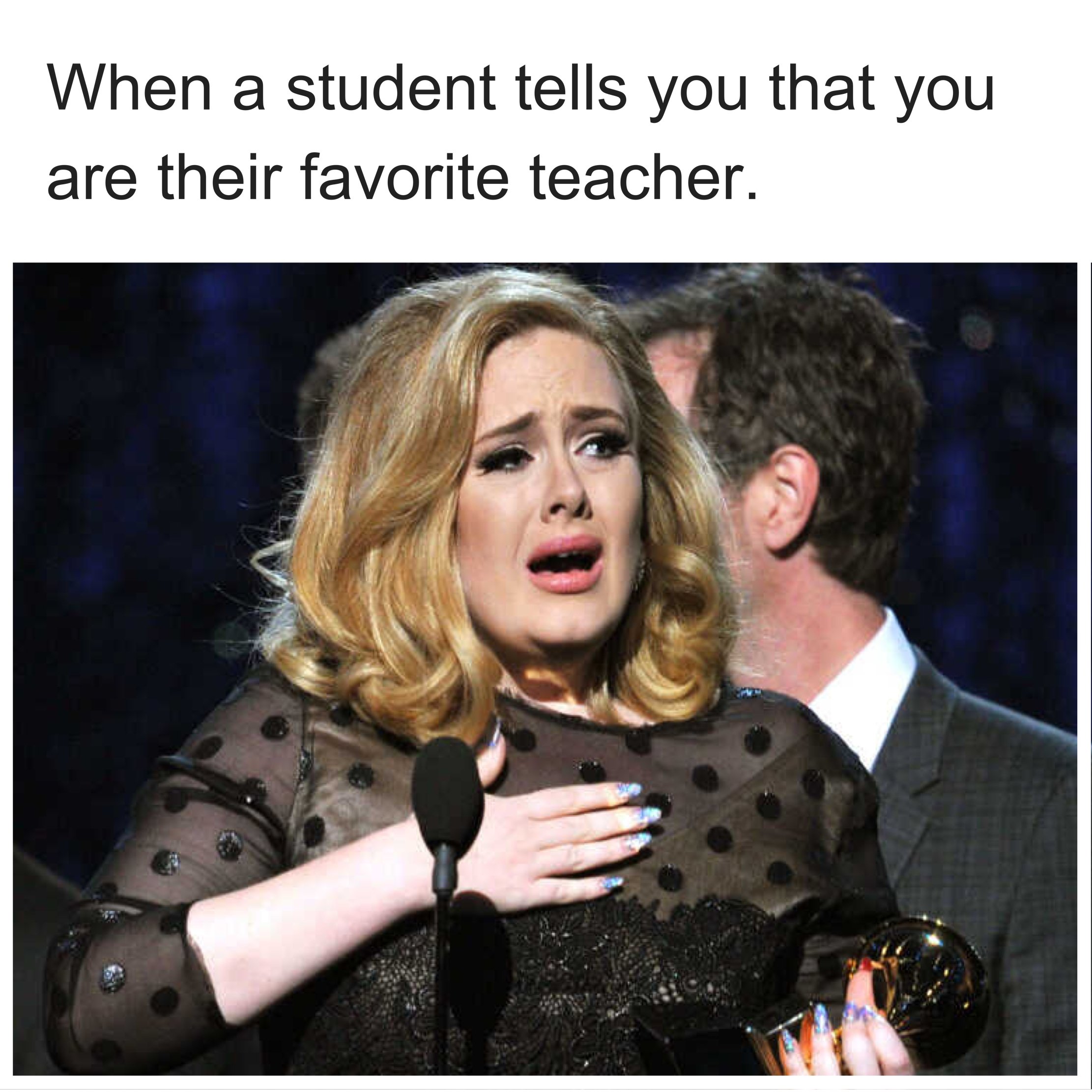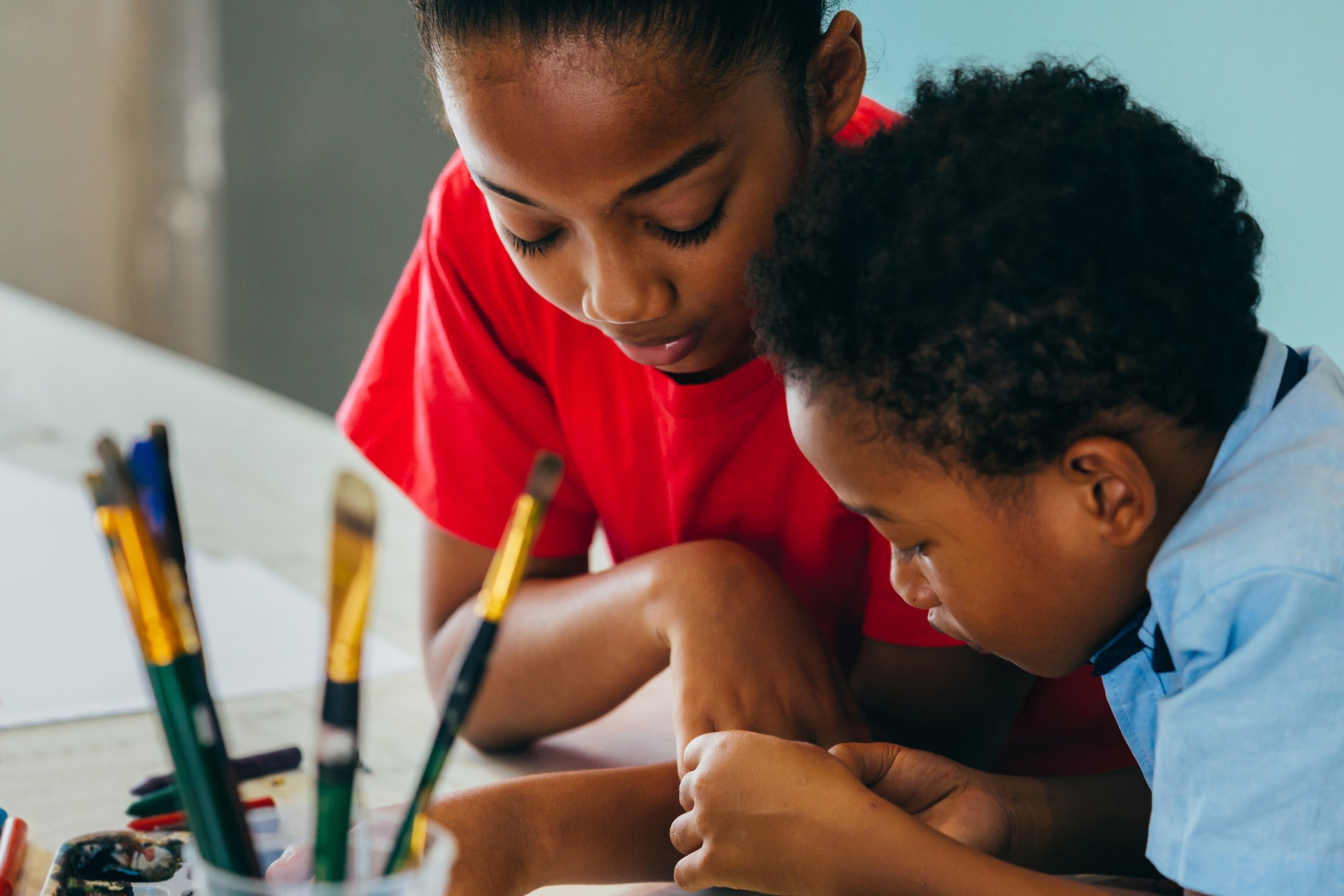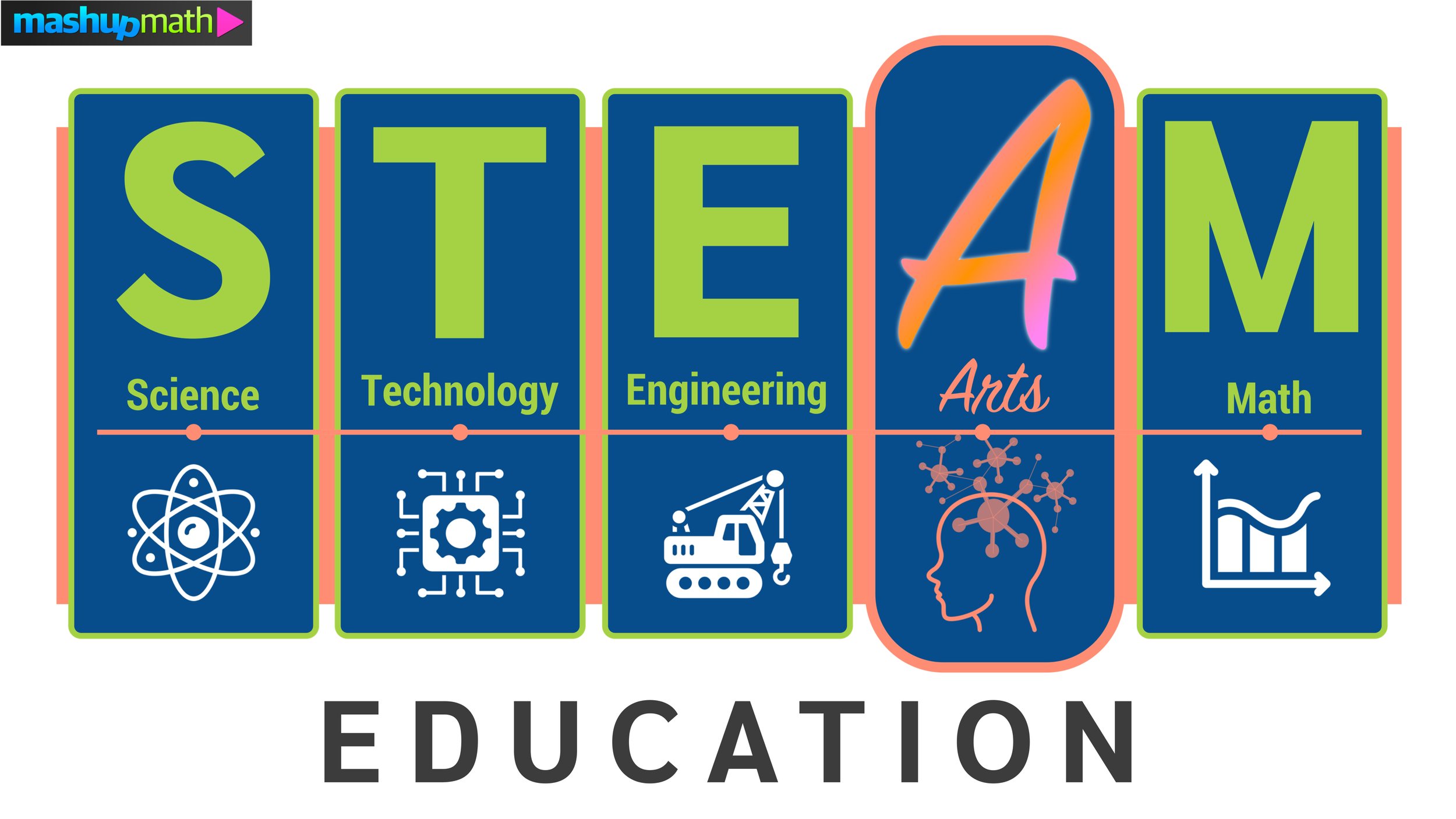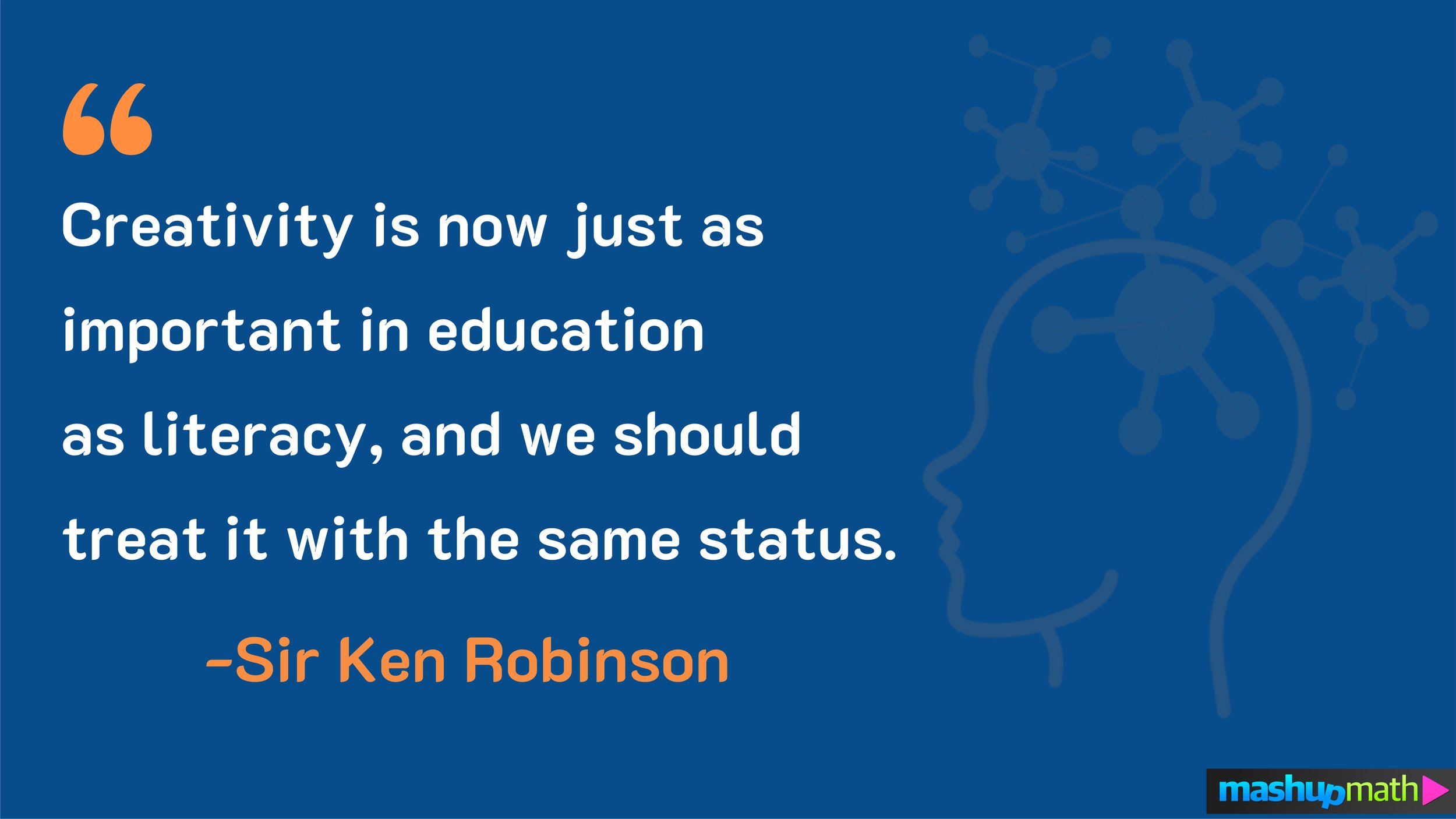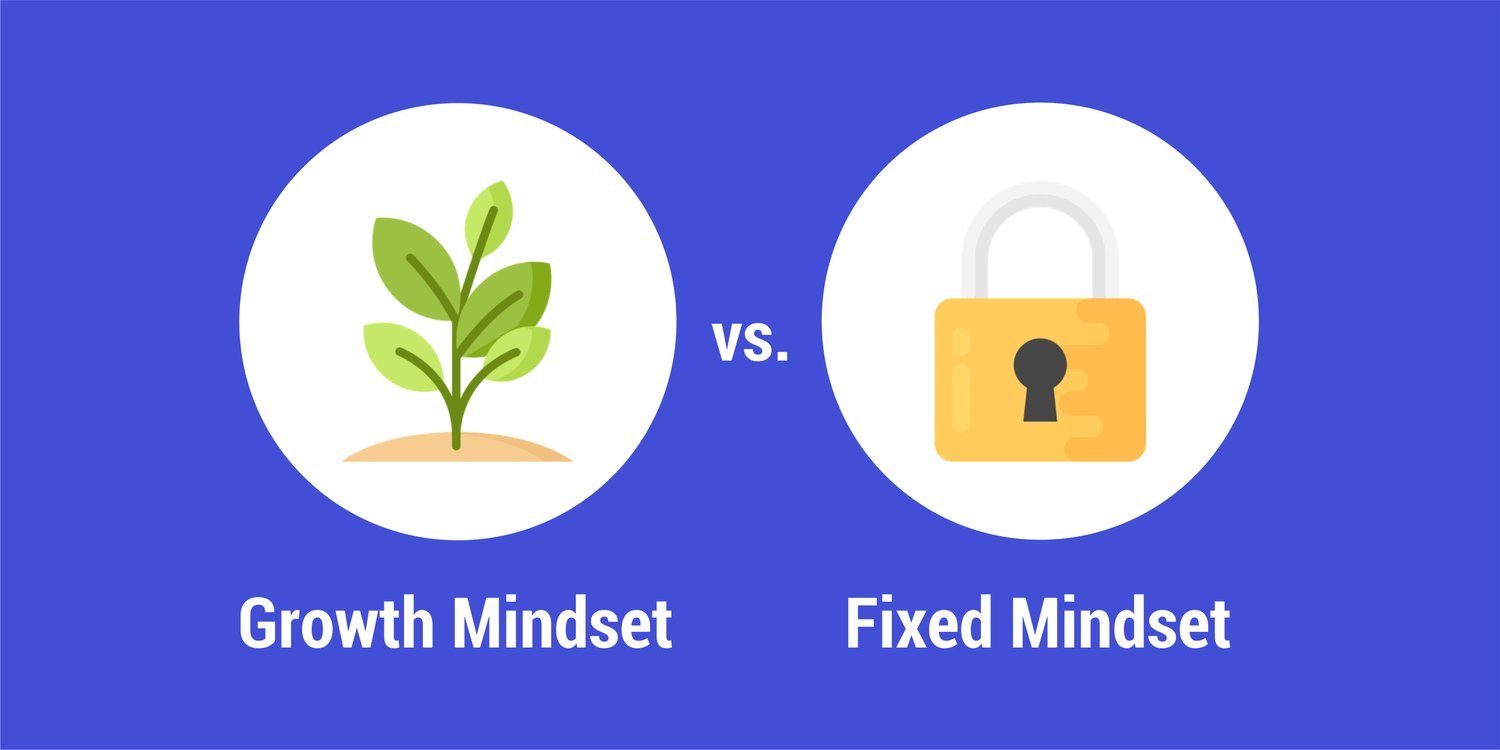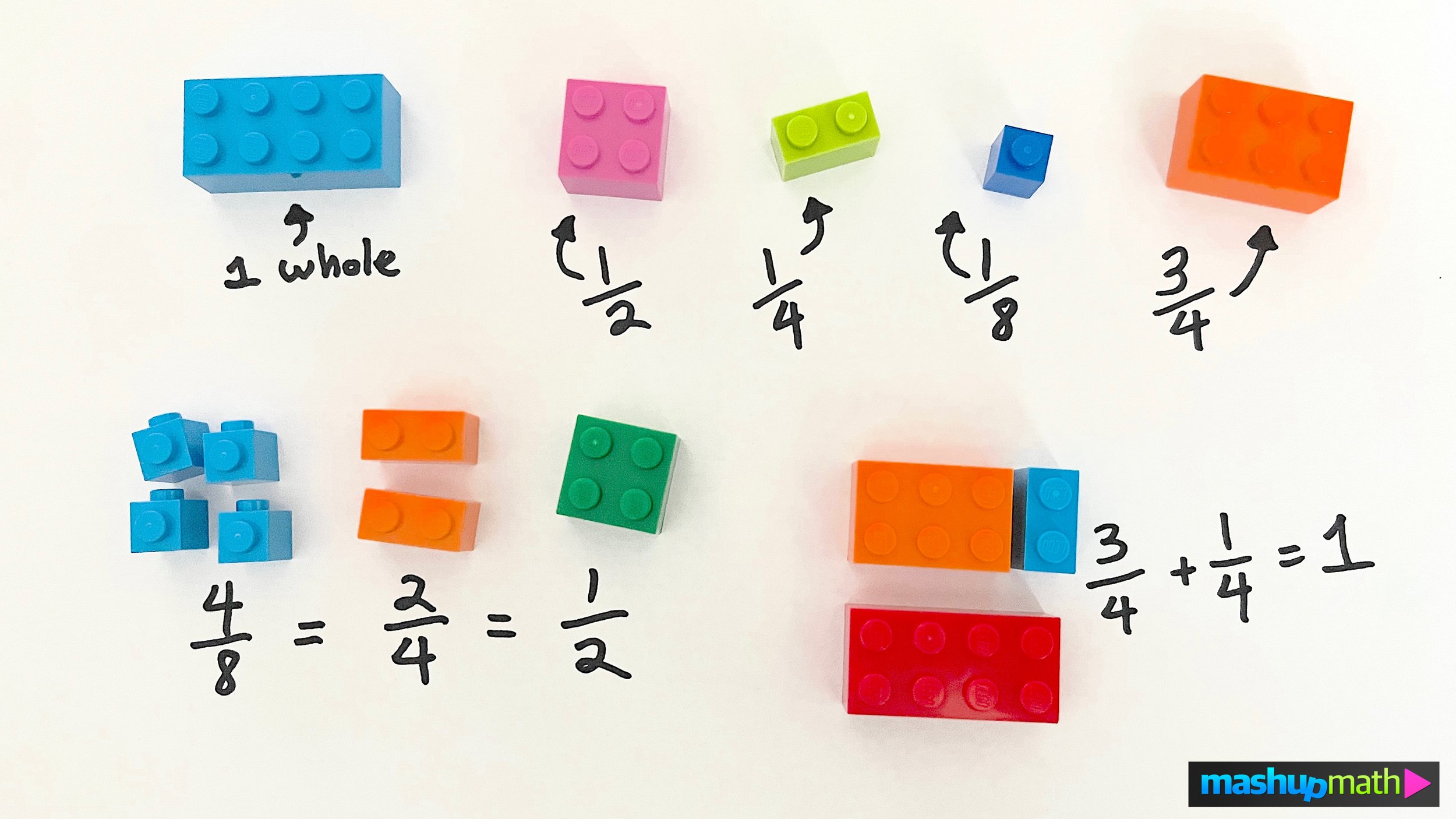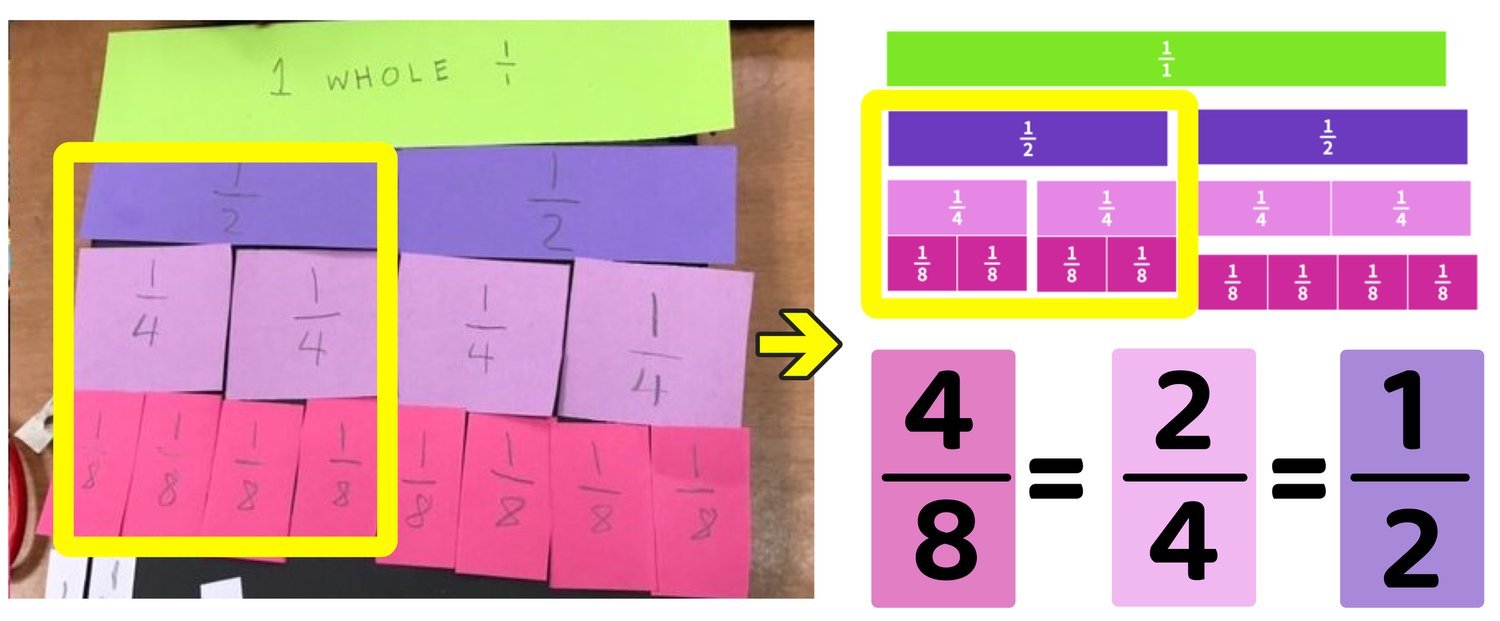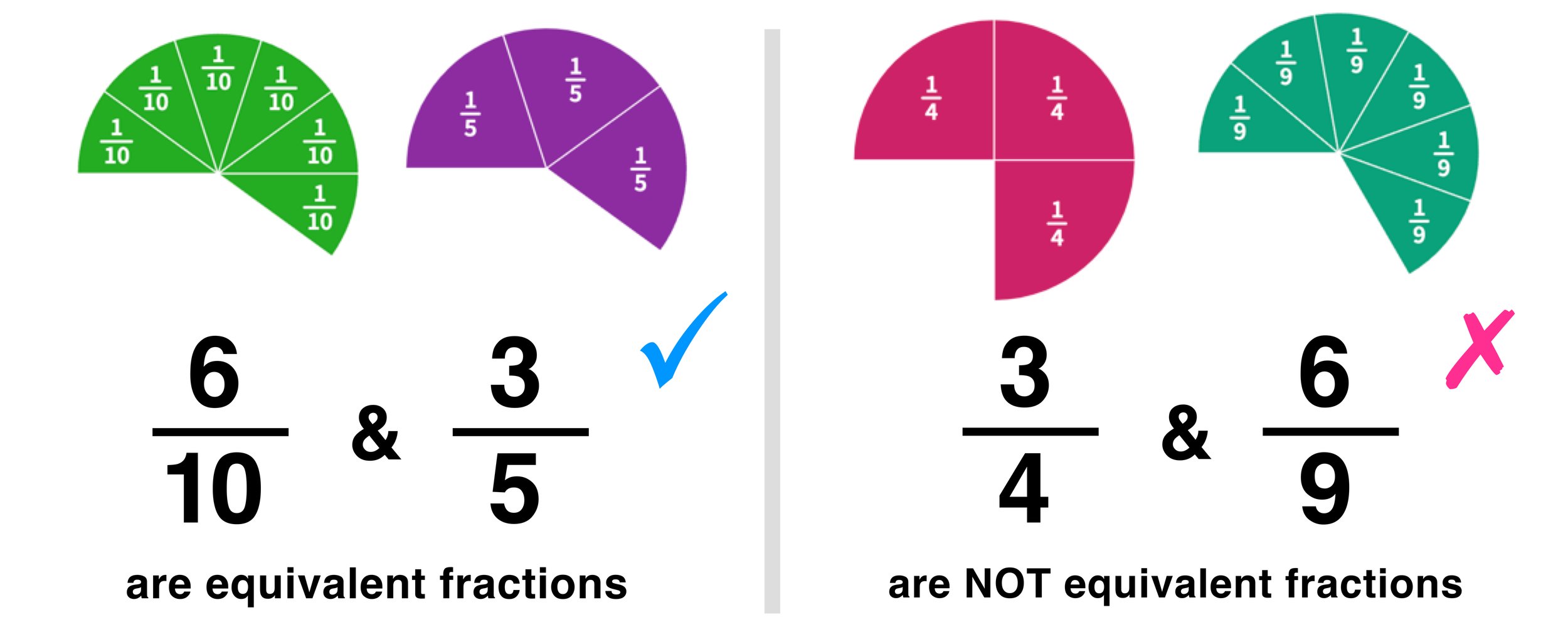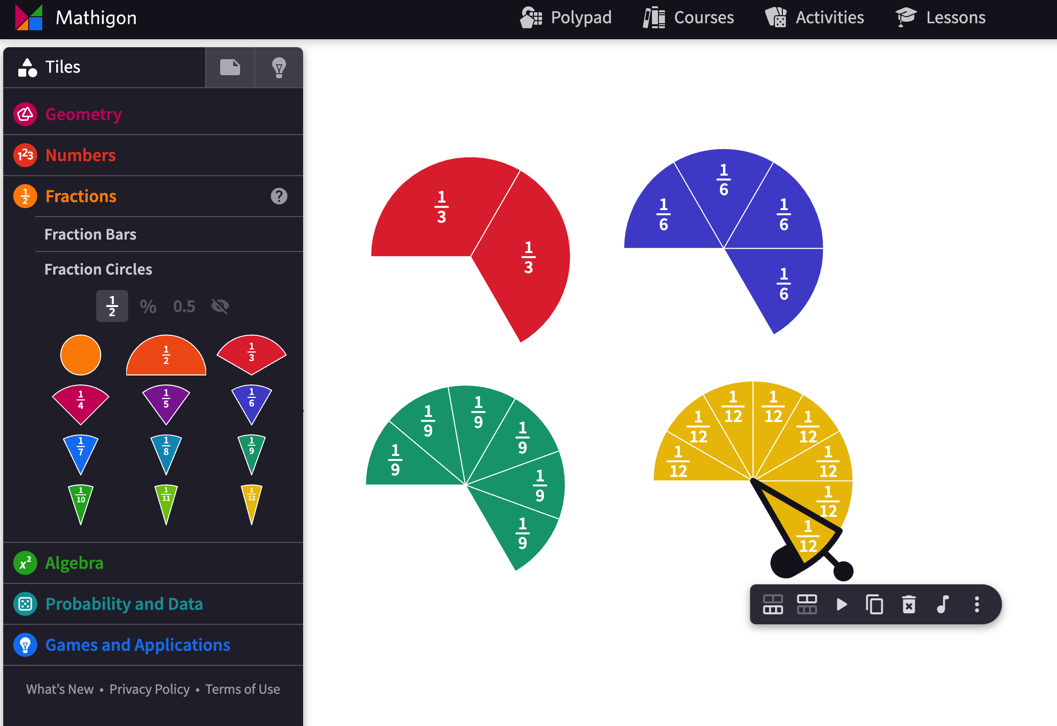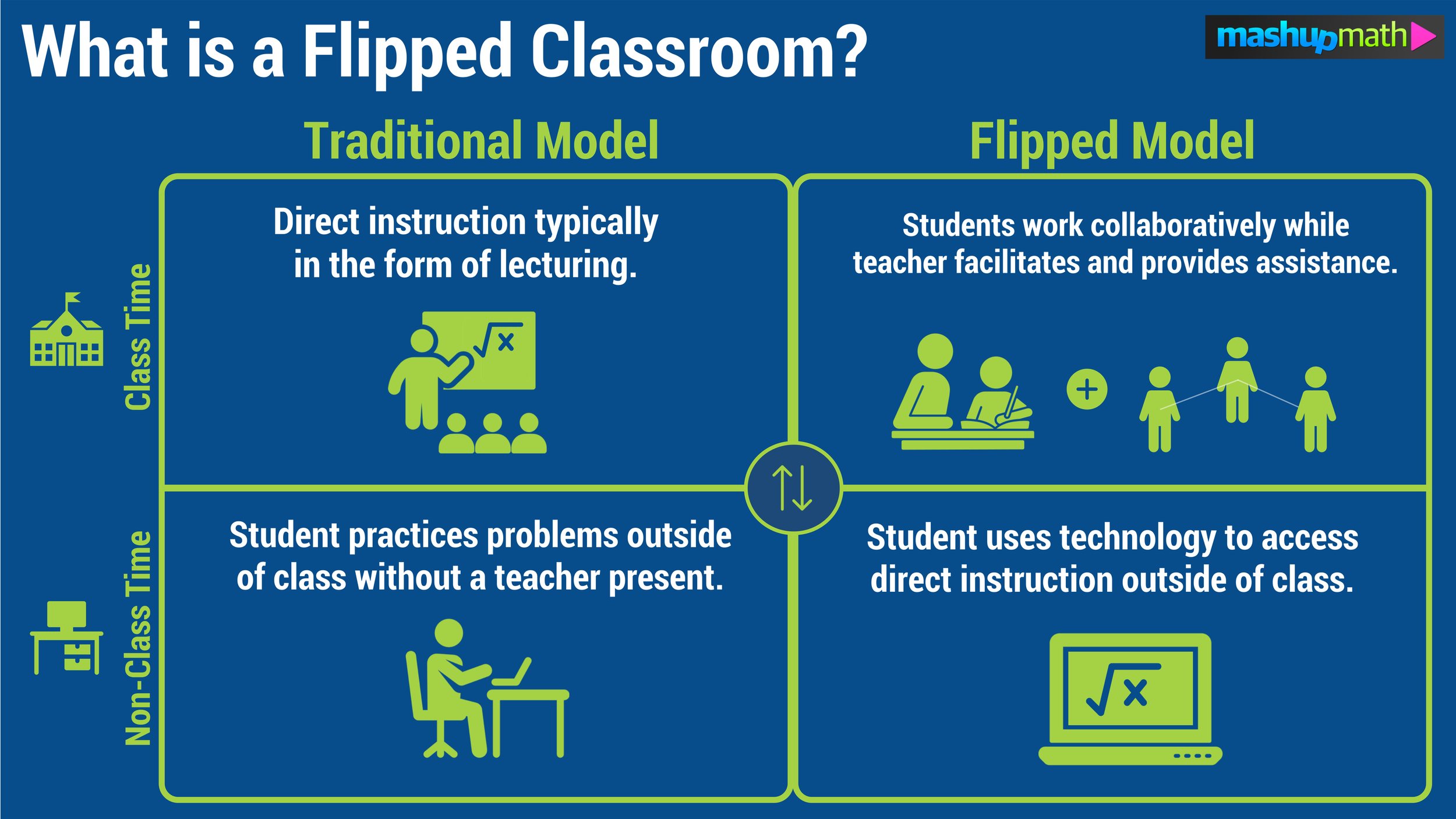The 37 Greatest Math Quotes of All Time
Inspiring and Motivational Quotes About Math for Students
Without mathematics, there’s nothing you can do. Everything around you is mathematics. Everything around you is numbers. -Shakuntala Devi
Mathematics is an alluring and inspiring subject that has captivated inquisitive minds for thousands of years. Yet, helping your students to have a passion and appreciation for the beauty of mathematics can be a difficult task.
One way to give your students insight into the wonders and mysterious charm of math is by sharing and discussing inspiring math quotes. Many teachers opt to share a quote of the week or post a bulletin board in their classroom with inspiring quotes about math on display.
While there are hundreds of math quotes to be found online, many of them are not exactly inspiring, interesting, or even appropriate for students. So, we have compiled a list of the 37 best math quotes for students along with several corresponding image graphics that you can display in your classroom digitally or by printing them out.
We call our list The 37 Greatest Math Quotes of All Time because it is just that. Below, you will find inspiring, insightful, and even funny math quotes from some of history and modern day’s wisest and most talented male and female mathematicians from various backgrounds.
So, go ahead and scroll through this awesome collection of math quotes. You will be sure to find many that will fill you and your students with inspiration, motivation, and even a renewed passion for the greatest subject there ever was—math!
(Do you want more free K-8 math resources and activities in your inbox every week? Click here to sign up for our math education email newsletter)
The 37 Greatest Math Quotes of All Time
The first of our inspirational math quotes dates back to the 16th century.
“Nature is written in mathematical language.”
“Mathematics is the most beautiful and most powerful creation of the human spirit. ”
“It is impossible to be a mathematician without being a poet in soul.”
“The essence of math is not to make simple things complicated, but to make complicated things simple.”
“Life is a math equation. In order to gain the most, you have to know how to convert negatives into positives”
Math is like going to the gym for your brain.—Is this one of the best quotes about math ever!?
“Math is like going to the gym for your brain. It sharpens your mind.”
“What is mathematics? It is only a systematic effort of solving puzzles posed by nature.”
“There should be no such thing as boring mathematics. ”
“I’ve always been interested in using mathematics to make the world work better.”
“I hope that seeing the excitement of solving this problem will make mathematicians realize that there are lots and lots of other problems in mathematics which are going to be just as challenging in the future.”
This statement on the importance of understanding is one of the best math quotes of all time.
“Mathematics is not about numbers, equations, computations, or algorithms: it is about understanding.”
“Mathematics is the most beautiful and most powerful creation of the human spirit. ”
“Mathematics has beauty and romance. It’s not a boring place to be, the mathematical world. It’s an extraordinary place; it’s worth spending time there. ”
“The only way to learn mathematics is to do mathematics. ”
“We will always have STEM with us. Some things will drop out of the public eye and go away, but there will always be science, engineering, and technology. And there will always, always be mathematics.”
A list of the greatest math quotes of all time would not be complete without including Albert Einstein.
“Mathematics is, in its way, the poetry of logical ideas. ”
“Mathematics knows no races or geographic boundaries; for mathematics, the cultural world is one country.”
“Mathematics may not teach us to add love or subtract hate, but it gives us hope that every problem has a solution.”
“In mathematics, the art of proposing a question must be held of higher value than solving it. ”
“I’ve always enjoyed mathematics. It is the most precise and concise way of expressing an idea.”
This insight by famous Indian mathematician Shakuntala Devi is one of the most inspirational math quotes of all time.
“Without mathematics, there’s nothing you can do. Everything around you is mathematics. Everything around you is numbers. ”
“Mathematics are the result of mysterious powers which no one understands, and which the unconscious recognition of beauty must play an important part. Out of an infinity of designs a mathematician chooses one pattern for beauty’s sake and pulls it down to earth.”
“It is the perennial youthfulness of mathematics itself which marks it off with a disconcerting immortality from the other sciences. ”
“A mathematician who is not also something of a poet will never be a complete mathematician.”
This insight from James Joseph Sylvester is another simple, yet impactful, quotes about math.
“Mathematics is the music of reason”
“Go down deep enough into anything and you will find mathematics.”
“Mathematics is not a careful march down a well-cleared highway, but a journey into a strange wilderness, where the explorers often get lost. Rigor should be a signal to the historians that the maps have been made, and the real explorers have gone elsewhere.”
“It’s fine to work on any problem, so long as it generates interesting mathematics along the way - even if you don’t solve it at the end of the day. ”
“Mathematics compares the most diverse phenomena and discovers the secret analogies that unite them.”
“The study of mathematics, like the Nile, begins in minuteness but ends in magnificence.”
Do you want more fun and engaging math resources in your inbox every week?
Join our mailing list to get free K-8 math activities, puzzles, and worksheets in your inbox every week (plus two free pdf math workbooks!)
Funny Math Quotes
The last portion of our list includes some funny math quotes to add a little humor into your classroom.
Looking for more math humor? Check out these super cute and funny math jokes and puns for students.
The first of our funny math quotes is from Snoop Dogg.
“If you stop at general math, then you will only make general money.”
“There are two ways to do great mathematics. The first is to be smarter than everybody else. The second way is to be stupider than everybody else — but persistent.”
“If people do not believe that mathematics is simple, it is only because they do not realize how complicated life is.”
“Somehow it’s o.k. for people to chuckle about not being good at math. Yet if I said ‘I never learned to read,” they’d say I was an illiterate dolt.”
“Arithmetic is numbers you squeeze from your head to your hand to your pencil to your paper till you get the answer.”
“‘Obvious’ is the most dangerous word in mathematics.”
“In mathematics, you don’t understand things. You just get used to them.”
Using Math Quotes to Inspire Your Students
Math quotes are a great prompt for discussion topics and math journal writing activities.
While these quotes are excellent for posting in your classroom to inspire your students on a daily basis, you can also use them to foster whole class or small group discussions about math or even as a writing prompt for a math journal entry (we recommend the I Think… I Notice… I Wonder… model for math journaling).
Luckily, there are many ways to share these math quotes with your students. Here are a few suggestions to get you started:
Write a favorite math quote on the board for students to see when they enter class.
Select a favorite quote to place underneath your professional email sign-off.
Copy-and-paste your favorite quotes onto a word document that can be printed and posted in your classroom or somewhere in your school.
Have your students create their own inspirational math quotes.
Put an inspirational math quote at the header or footer of quizzes, tests, exams, etc.
More Math Resources You Will Love:
11 Silly Jokes About Numbers for Kids
Would your students love some ridiculously funny, silly, and sometimes wacky jokes about numbers?



